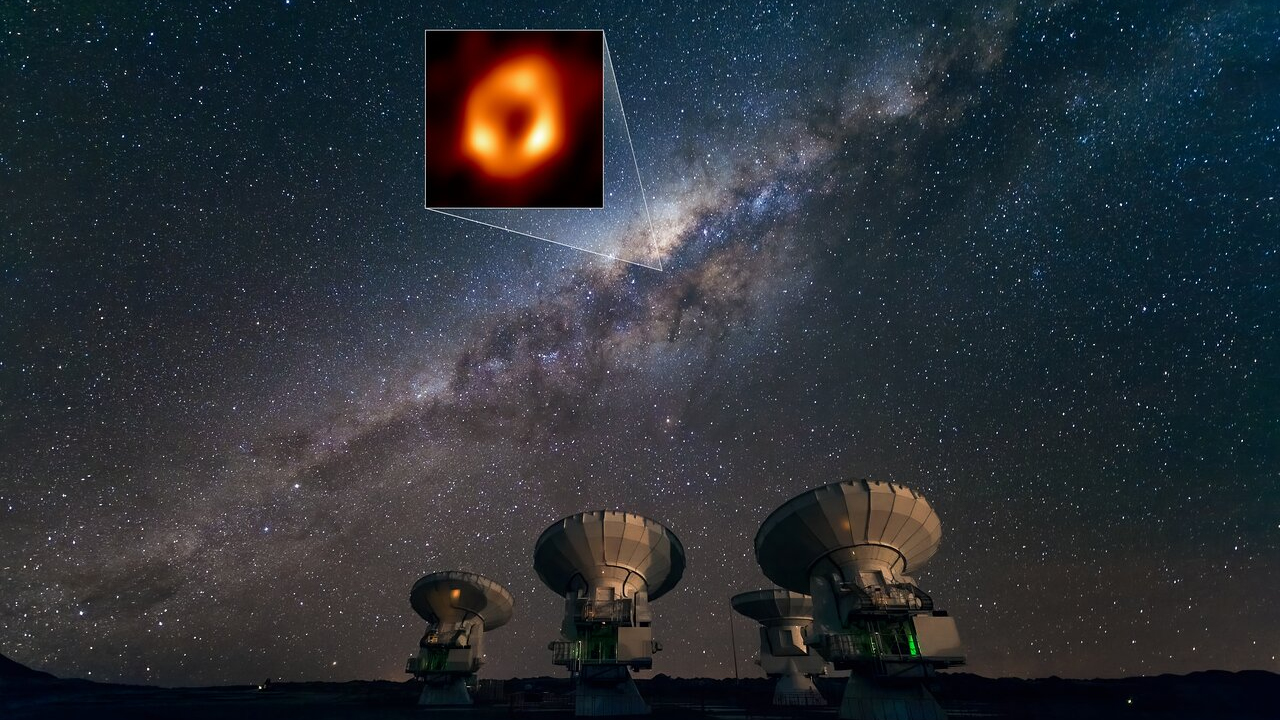Warp-drives are solutions of general relativity widely considered unphysical due to high negative energy requirements. Most research has focused on macroscopic solutions towards the goal of interstellar travel but faster than light communications is far more practical. The warping effect would only need to be large enough to send through particles or laser communication.
The total negative energy requirements gets smaller than the energy contained in a lightning bolt, more than 70 orders of magnitude less than the original Alcubierre warp drive. This could conceivably be generated with current technology by scaling up Casimir-like apparatuses. Researchers describe a tubular distribution of externally-generated negative energy which addresses the major issues plaguing macroscopic warp-drives and propose a concrete mechanism to accelerate and decelerate a warp. A byproduct of warp deceleration is the emission of a ray of high-energy particles. The detection of such particles could be used as the backbone of a faster-than-light communication device, reminiscent of the hyperwave of science fiction, even though significant engineering challenges remain to achieve practical communication.
* The Casimir effect is real. The Casimir effect is a nanoscale phenomenon that arises from quantum fluctuations of the electromagnetic
vacuum. It has been observed experimentally many times. In 1996, American physicist Steven Lamoreaux measured the force for the first time, and the results agreed with the theory to within 5 percent.
* The FTL communication warp tube could speed up photonic communication on a computer chip. The expensive FTL communication pipe could be used to speed up communication between supercomputers. These kinds of applications could have billions of dollar to trillions of dollars in value
* IF this FTL communication could be made to work at ANY level, it changes what we know and believe is possible with physics.
It is likely that this research received $50,000 to 100,000 of grants from the Defence Science and Technology Laboratory (DSTL) and by the United Kingdom Ministry of Defense (MOD).
They revisited the major shortcomings of warp drive geometries and noticed that these can be mitigated in the small radius regime, given a proper configuration of the negative energy distribution. Such tubular distribution, dubbed hypertubes, provide a concrete mechanism to accelerate and decelerate warp bubbles, which in this context are called hyperwaves.
Superluminal communication or even fast subluminal communication are natural applications for the hyperwave. The feasibility of long distance communication, perhaps even at interplanetary or interstellar distance, will depend on the feasibility of keeping energy requirements low by constructing devices able to generate short burst of energy. On a smaller scale, it is tantalizing to consider the fabrication of microchips capable of superluminal computing. Even though this work outlines some positive results towards establishing the physics of warp drive spacetimes, some major “engineering” issues do remain.
1. He discussed how hyperwaves total negative energy requirements can be up to 70 orders of magnitude less stringent than the original Alcubierre drives, but he did not discuss the magnitude of the energy density itself. Being the energy focused in a tiny region, the negative energy density involved is enormous, so even though we may be able to produce enough energy in future mega projects we must figure out how to focus them.
Quantum Energy Teleportation [Hotta, 2011, Funai and Martí n-Martínez, 2017], which has recently been experimentally demonstrated [Rodrí guez-Briones et al., 2023], could be of help.
2. Closely related to the first issue, extremely fine manipulations of negative energy densities will be required to architect, operate and maintain hypertubes. Finally, a more theoretical issue: as in Alcubierre warp drives [Everett, 1996], wormholes and Krasnikov tubes [Everett and Roman, 1997], it is suspects that standard tachyonic-antitelephone-like arguments can be used to engineer a web of hypertubes to build closed timelike curves. Whether this should be considered of relevance is left to the reader’s discretion.
The limit to notice that no decisive argument can be made against CTCs without a quantum gravity theory [Visser, 2002].
Speaking of quantum gravity, it must be stressed that the following work was carried inside the framework of general relativity, but for very small hyperwaves we can expect quantum gravity corrections to be relevant. Regarding further areas of exploration, in this work he used the Alcubierre metric to illustrate the concept of hyperwaves for simplicity and due its popularity, but this is perhaps the worst possible metric in terms of energy requirements, requiring the stress energy tensor to be negative everywhere. More optimized metrics could be considered instead, allowing to consider larger bubble radii, therefore minimizing engineering challenges for a first experimental setup.
A Casimir device with large overall surface area has been considered as a source of negative energy, but more practical and energy-dense sources should be researched. Longer term, designing practical hyperwave communication protocols will be needed. More generally, further understanding of the gravitational effects of negative energy from quantum systems is an important theoretical area of investigation.

Brian Wang is a Futurist Thought Leader and a popular Science blogger with 1 million readers per month. His blog Nextbigfuture.com is ranked #1 Science News Blog. It covers many disruptive technology and trends including Space, Robotics, Artificial Intelligence, Medicine, Anti-aging Biotechnology, and Nanotechnology.
Known for identifying cutting edge technologies, he is currently a Co-Founder of a startup and fundraiser for high potential early-stage companies. He is the Head of Research for Allocations for deep technology investments and an Angel Investor at Space Angels.
A frequent speaker at corporations, he has been a TEDx speaker, a Singularity University speaker and guest at numerous interviews for radio and podcasts. He is open to public speaking and advising engagements.
Note: This article have been indexed to our site. We do not claim legitimacy, ownership or copyright of any of the content above. To see the article at original source Click Here













